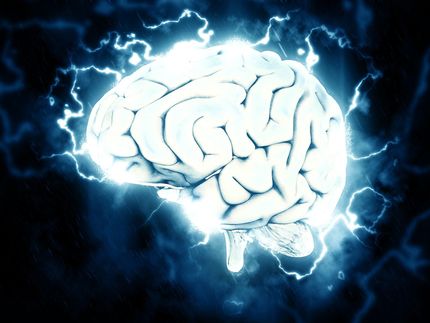The mysteries of Alzheimer's disease
Advertisement
Alzheimer's disease has long been marked by progress -- but not the kind of progress the medical community seeks. It is the most common form of dementia among older Americans, and its risk increases with increasing age; for those living with the disease, its ravages get worse over time; and as we move into the 21st century, it will place a greater and greater burden on society. The number of Americans living with Alzheimer's has doubled since 1980 and is expected to triple again by 2050.
Sadly, Alzheimer's disease has been the least prone to progress in the one area where we'd like to find change the most -- in our ability to fight it. There is still no way to prevent, reverse or definitively diagnose Alzheimer's disease using molecular markers or imaging.
"By focusing on one of the main components that impairs proper brain function, called Abeta peptide, we are trying to understand what properties of Abeta lead to toxic aggregates implicated in brain impairment," explained Giuseppe Melacini ofMcMaster University in Ontario, Canada. This work is significant, he added, because without a molecular understanding of Alzheimer's disease, it will be difficult if not impossible to begin to find a cure.
Melacini and his team used a unique method originally developed to study long-range communication in folded proteins. This is a new approach never used before for unfolded peptides, such as the Abeta molecule, and it could reveal transient elusive states of Abeta that have escaped detection so far but that could be implicated in toxic aggregate formation. The research team dealt with challenges unique to the Abeta molecule. This system is difficult to work with because it is very aggregation prone and very sensitive to even the smallest differences in sample preparation protocols, says Melacini. "The Abeta molecule is also highly dynamic and it is therefore hard to pinpoint which structures out of this complex ensemble are functionally relevant."
While this research is still in its early stages, the team is taking the next steps to identify Abeta structures that either form or inhibit the formation of toxic aggregates, which in turn can cause brain impairment. Once that is done, the goal will be to trap these structures and use them for screening.
"If we can identify the structures of the Abeta peptide that lead to toxic aggregates, we can then begin the development of inhibitors to suppress that process and have a chance to find treatments for Alzheimer's disease," Melacini said.
























































